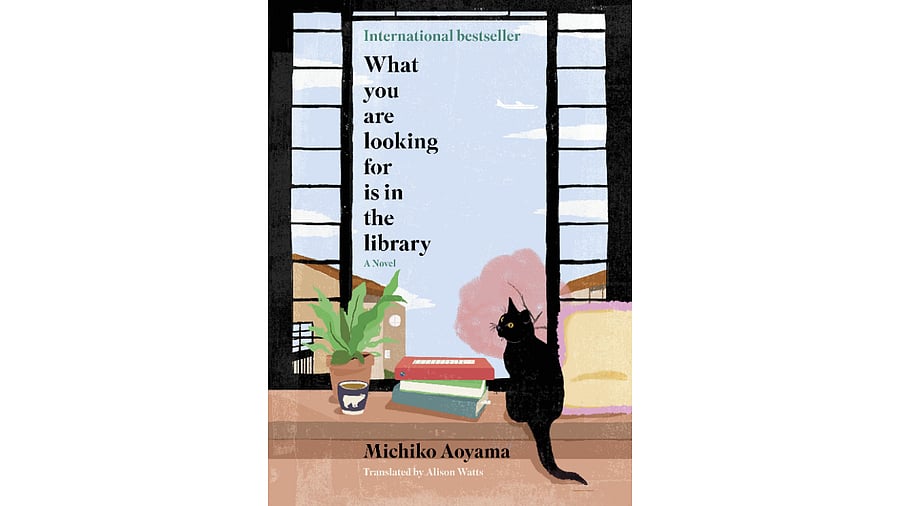
What you are looking for is in the library.
What You Are Looking For Is In The Library by Michiko Aoyama is a homage to literature, as the title suggests, and a reminder that, more often than not, everything works out well in the end.
For someone who enjoys a good book, Allison Watt’s translation feels like a reassurance about the power of books. Flipping through each page and seeing how a book helps someone gain perspective or get out of a slump is thoroughly satisfying.
Set in modern Japan, the book covers the story of five characters over five chapters — an unmotivated department store employee, a new mother trying to rebuild her career, an aspiring entrepreneur, an unemployed middle-aged man with a pessimistic attitude, and a newly retired man at a loss about the next phase of life.
While the writing may come across as sappy and sentimental if you do a quick skim-through, the 204 pager is actually a celebration of life and everything that comes along with it — the good as well as the bad. The language is easy and the stories are sweet and heartwarming without being saccharine.
The relatable nature of the characters makes them instantly likeable. Each of the five characters is deeply ingrained in their community but remains a stranger to the others. Their common thread is the community library, a place they visit at different points in their lives, especially when something feels amiss. It is here that they encounter the enigmatic librarian Sayuri Komachi, who poses a profound question to each: “What are you looking for?”
Utilising what appears to be supernatural insight, she recommends books that, at first glance, seem unrelated to their enquiries but convey profound life lessons. From children’s books to massive encyclopaedias, each book helps the respective character gain a larger perspective. Although each chapter follows the same structure, the uniqueness of each character saves the book from coming across as repetitive — a common con among similar books in the genre.
It’s easy to dismiss the book as a “cute read”, but Aoyoma has so much more to offer. While there’s no denying that we all love a tragedy with impeccable writing, the occasional joy of a happy ending can’t be dismissed. Aoyama demonstrates such happy endings in a subtle manner, where good fortune is a direct result of the character’s actions. The book thus is akin to the textbook definition of ‘comfort fiction’.
Oh, how I’d love to walk into the Hatori Community House, write my details down in the ledger, make my way into the library, and greet Mrs Komachi, the mysterious character and her box of Honeydome cookies — don’t be fooled, the box doesn’t contain soft honey-flavoured cookies but is filled to the brim with felting equipment. I wonder which book Mrs Komachi would recommend I read and what little souvenir I would receive along with it. And what would my answer be to “What are you looking for?”, a question that brought the protagonists to the brink of tears...
Jimbocho is a monthly column where we sift through popular Japanese books. Often called the ‘town of books’, Jimbocho is a neighbourhood in Tokyo that celebrates Japan’s rich literary heritage. Send your feedback on X @asra_mavad